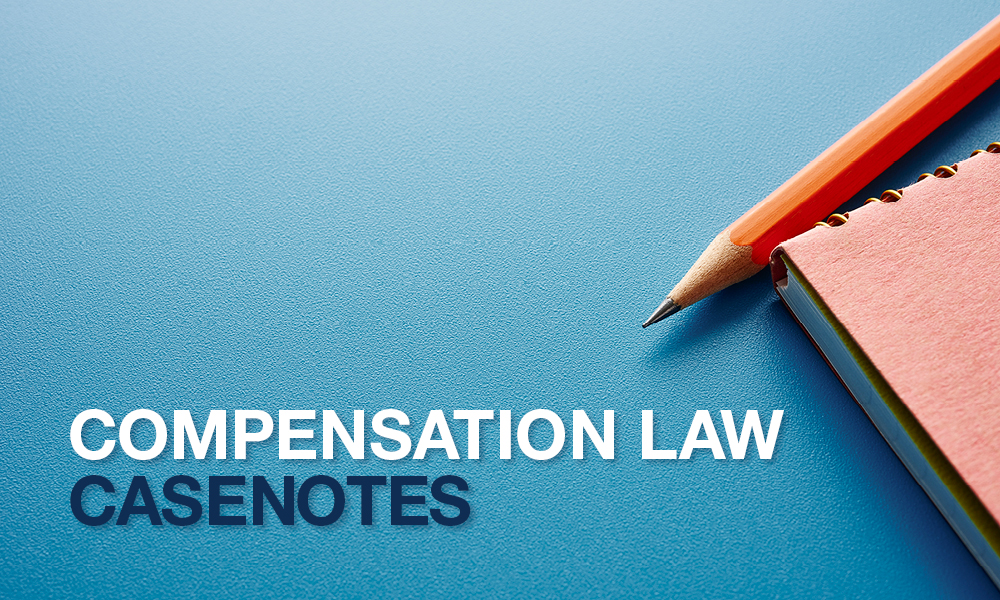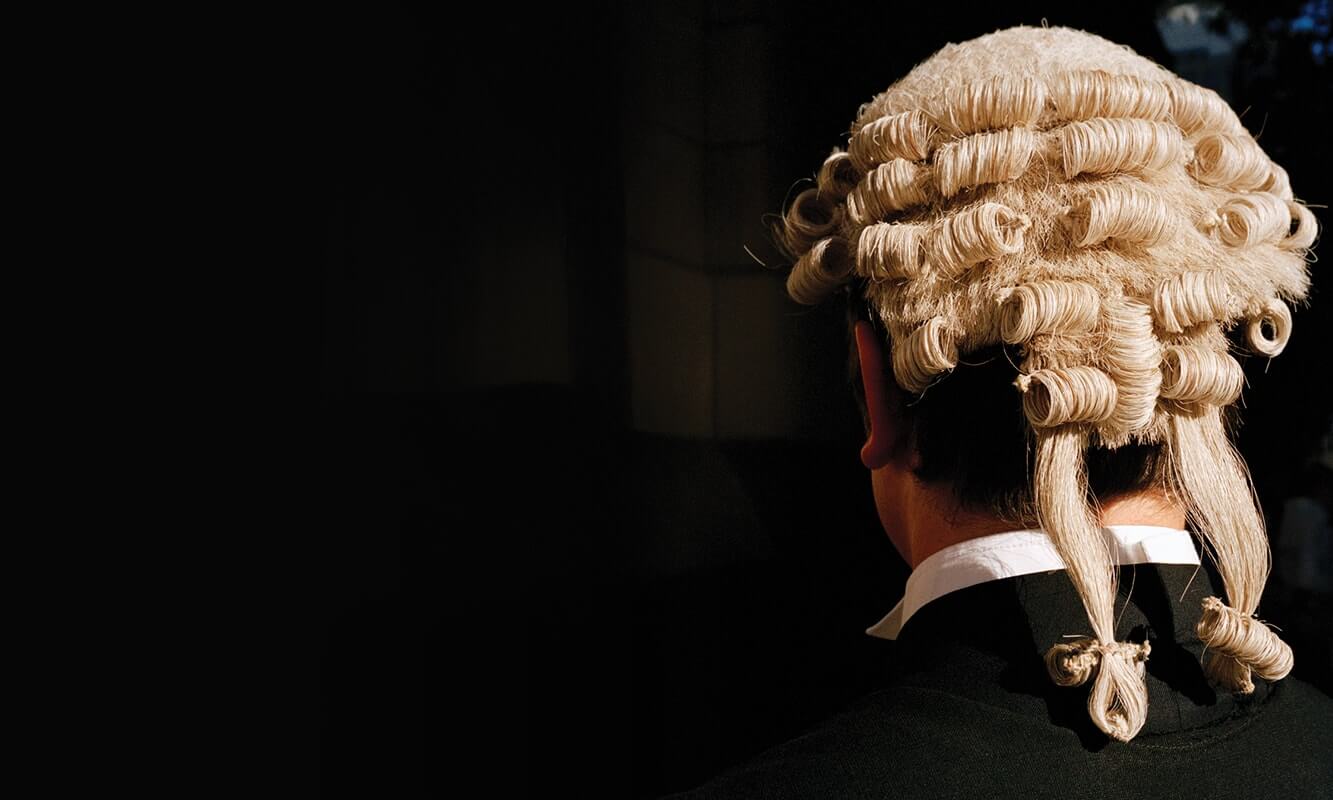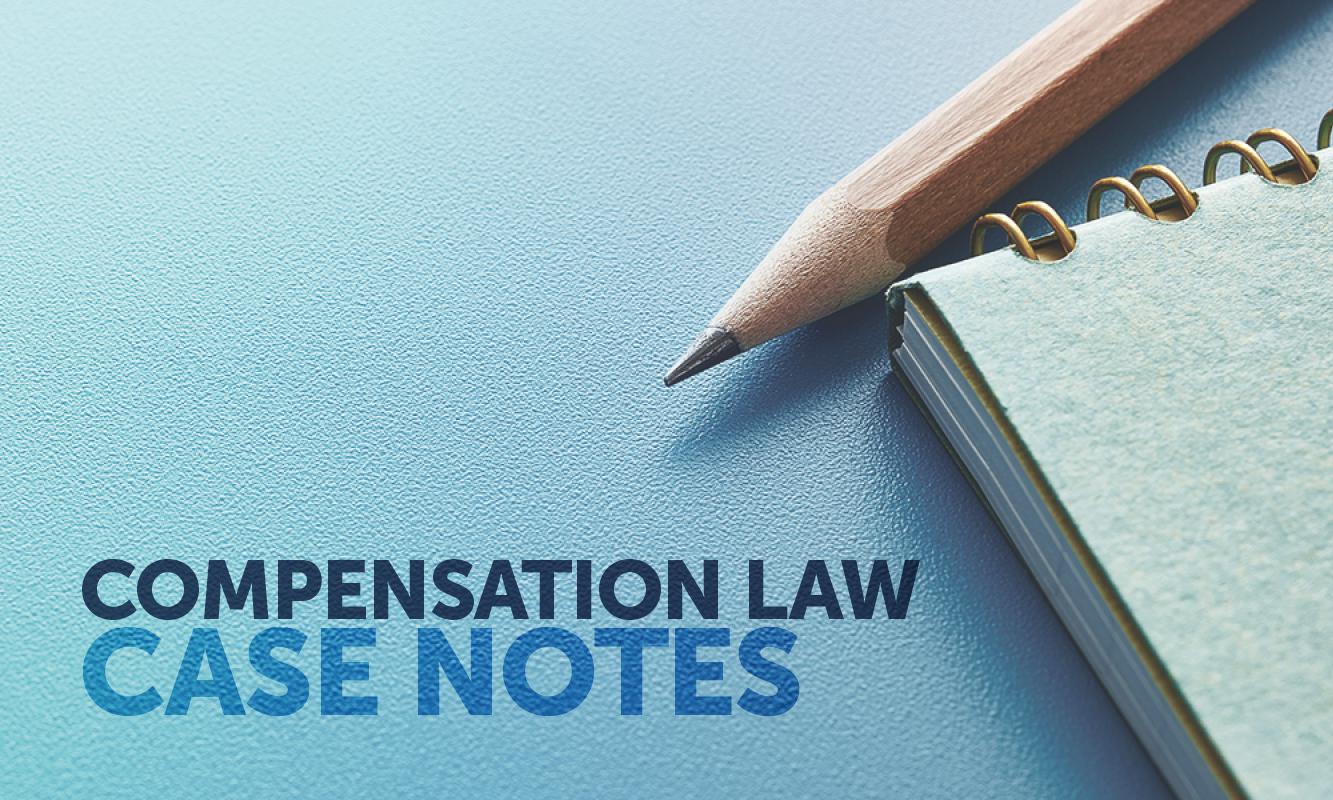…illegality defence – self-defence – onus of proof
In April 2017 at approximately 1am, the appellant (Catlin), who held a provisional driver licence, was telephoned by a female friend and asked to drive to a local park in order to give the friend, and two others, a lift home.
Catlin drove to the park and collected the three people – there were two groups of people in the park and there had been trouble between them. The respondent, Draper, who was not known to Catlin or her passengers, ran from the park towards Catlin’s car and jumped headfirst onto the car’s bonnet, cracking the windscreen.
Draper then turned herself around and remained on the car, with her back to the windscreen and her legs out in front of her on the bonnet. Catlin then put the car in motion with Draper still on the bonnet, accelerating briefly before decelerating to make a right-hand turn at an intersection, approximately 50 metres from where she picked up her passengers.
As the car turned the corner, Draper slid off the bonnet onto the road, sustaining serious injuries. It was subsequently confirmed that Draper was intoxicated and under the influence of ‘party drugs’.
Catlin appealed against the primary judgment of Curtis ADCJ, who found that Catlin was liable in negligence to Draper under the Civil Liability Act 2002 (NSW) (NSW CLA), whose resulting damages were reduced by 25% for Draper’s contributory negligence.
Decision
Having granted leave to appeal, the appeal was dismissed with Catlin ordered to pay Draper’s appeal costs in the absence of an application for alternate order (judgment of Adamson JA, with Meagher & Mitchelmore JJA concurring).
Ratio
On appeal, Catlin’s representatives asserted that Catlin did not owe Draper a duty of care in the circumstances and denied negligence on her part, asserting that:
- (Catlin’s actions) were taken “in the agony of the moment brought about by the actions of (Draper) and other persons congregated in the area”
- Draper was injured whilst engaged in unlawful conduct
- Catlin was essentially acting “in self-defence”
- the NSW CLA operated, in the above circumstances, to preclude Draper from recovery of compensation.
Adamson JA, with Meagher & Mitchelmore JJA concurring, found that:
- No challenges to the primary judge’s factual findings were made out. Further, the primary judge was at liberty to assess the relative credit of the various witnesses, and find that the evidence of Catlin and her witnesses were:
(a) exaggerated
(b) inconsistent with other objective evidence
(c) affected by motive and unreliable in parts, and had identified ample evidence adduced at trial in support of his findings. - Catlin bore the onus of proving the circumstances were such that she could invoke the ‘agony of the moment’ principle, and that she had failed to discharge this onus on the evidence at trial, based on the primary judge’s undisturbed consideration of the evidence.
- Draper having established, on a prima facie basis, that the accident was due to Catlin’s failure to take reasonable care in the circumstances, the onus shifted to Catlin to prove otherwise (which her representatives had failed to do).
- There was no error in the primary judge’s conclusion that it was not incongruous to find Catlin owed a duty of care to Draper, as:
(a) Draper’s illegal conduct – in jumping on the bonnet and cracking the windscreen – had effectively ceased by the time Catlin elected to put the car in motion with Draper on the bonnet, and to then drive the vehicle in a manner that caused Draper to fall and sustain serious injury.
(b) Draper’s injuries were not caused by her illegal conduct.
(c) The caselaw on incongruity involving joint criminal enterprise (such as Miller v Miller) were of minimal utility and persuasiveness in the present case. - Catlin’s conduct in driving in breach of the conditions of her provisional licence constituted an offence, which caused the respondent’s injuries. Accordingly, s54(2) of the NSW CLA applied, thereby making s54(1) inapplicable.
- Having regard to the structure of the judgment at first instance, the primary judge’s reasons were sufficient, except in respect of contributory negligence. However, this failure had no ultimate effect as no re-trial had been sought in the appeal. Further, the appellate court was not persuaded that it was not open to the primary judge to make a finding of contributory negligence at 25% on the accepted evidence, or that a greater reduction was warranted on the evidence.
This compensation law casenote appears courtesy of Travis Schultz & Partners (TSP), where the author, Stephen Hughes, is a Special Counsel. As part of the firm’s commitment to providing ongoing legal education, TSP practitioners review relevant judgments and prepare case summaries for the legal profession. A free searchable catalogue of compensation law casenotes is available at schultzlaw.com.au/case-summaries (registration required). The full version of the judgments can be found at austlii.edu.au.












Share this article